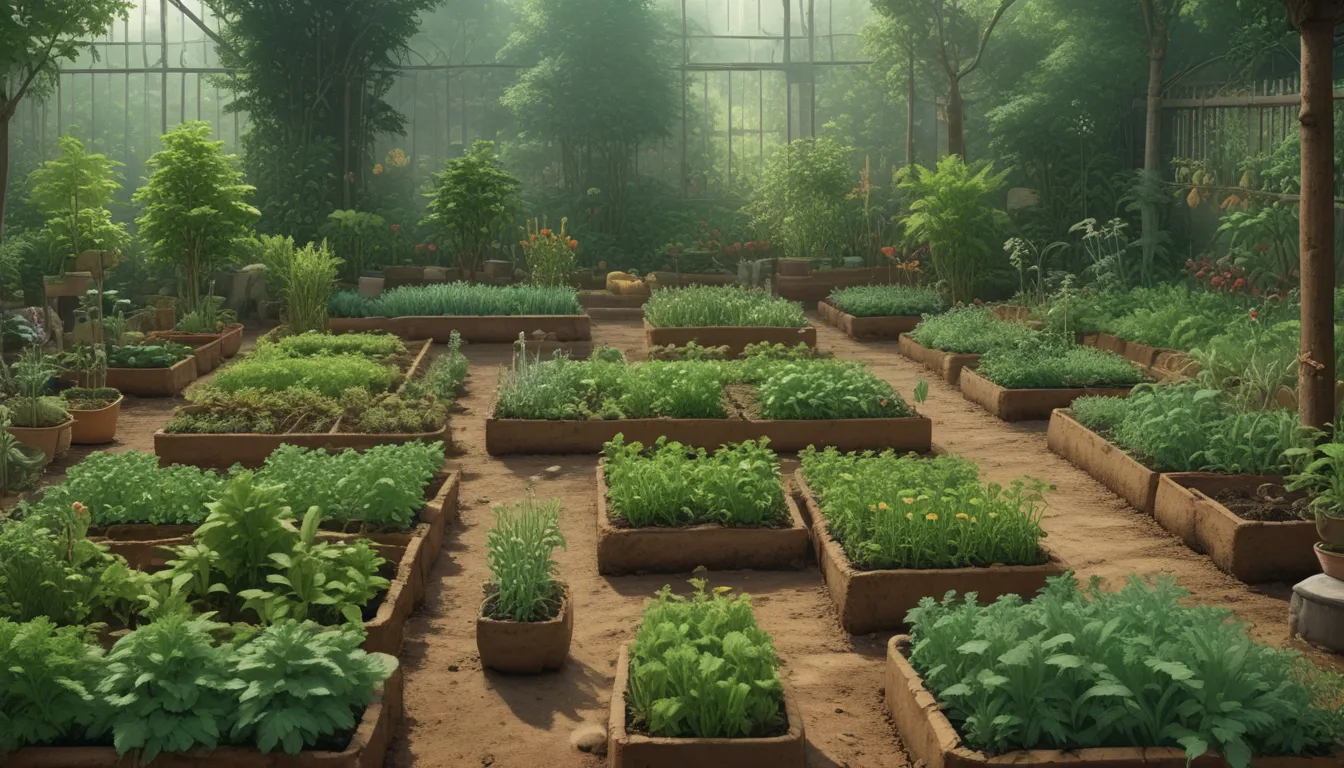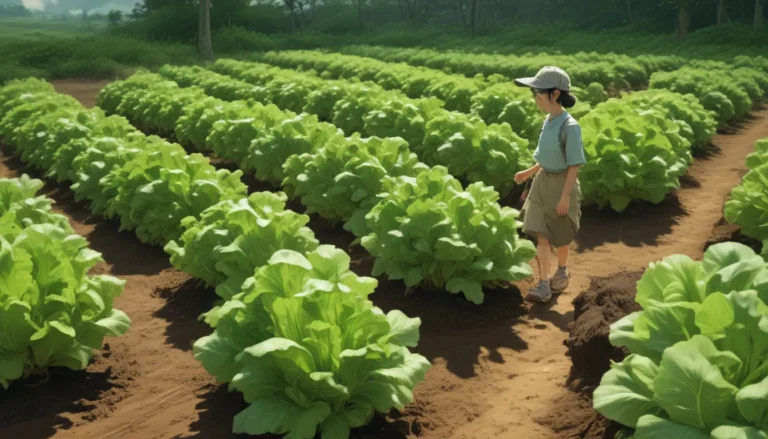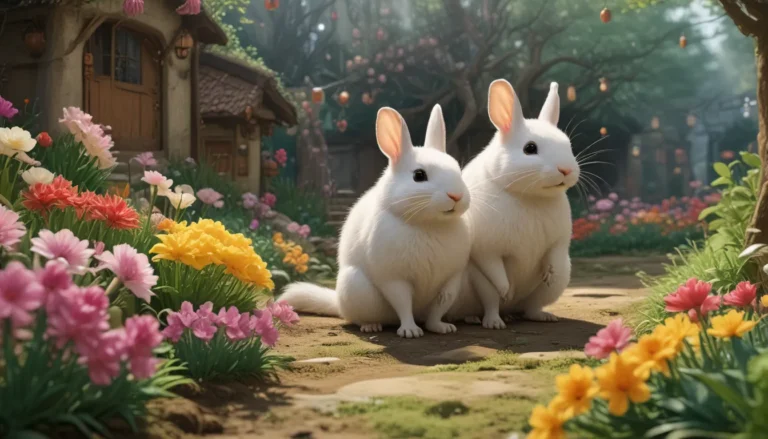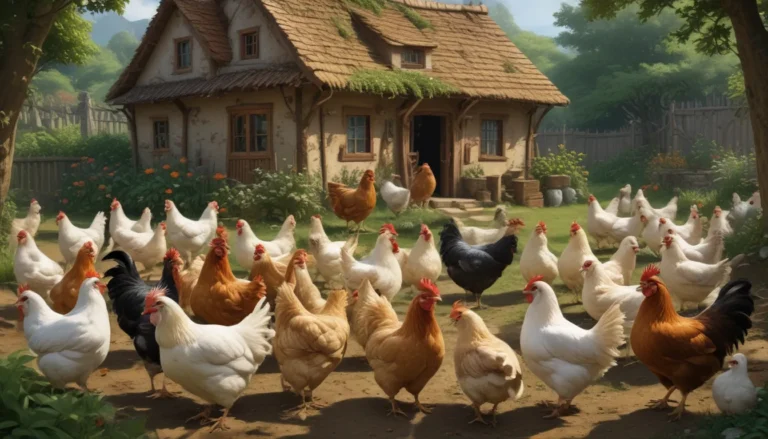Companion Planting: A Detailed Guide to Growing Parsnips

When it comes to growing parsnips, there’s more to it than just planting and watering. The parsnip, Pastinaca sativa, is a unique vegetable that requires specific care and attention throughout its growing season. This long, tapered root vegetable resembles a white carrot and has a distinct flavor that peaks after several light frosts. Because it can be a challenging vegetable to grow, finding the right companion plants is essential to support its growth and ensure a successful harvest.
In this comprehensive guide, we’ll delve into the world of companion planting for parsnips. We’ll discuss why companion planting is crucial, introduce nine plants that make excellent garden companions for parsnips, explore the benefits of each companion plant, and highlight some plants you should avoid growing near parsnips. Let’s dive in and discover how companion planting can enhance the growth and yield of your parsnips.
Why Grow Companion Plants?
You might be wondering why companion planting is essential for parsnips and other vegetables. Just like people need people, plants also need friends. Companion plants play a vital role in supporting the growth of vegetables by providing various benefits such as attracting beneficial insects, serving as trap crops for pests, deterring unwanted insects, and improving soil quality.
Each companion plant brings something valuable to the garden party, making it a win-win situation for all plants involved. By growing companion plants alongside parsnips, you can create a harmonious environment that promotes healthy growth and increased yields. Let’s explore nine of the best companion plants for parsnips and learn about their unique benefits.
1. Anise
Anise, also known as aniseed, is a herb with a licorice-like scent and flavor. It is reputed to improve the vibrancy of all plants in close proximity and helps confuse sap-sucking aphids. Anise also attracts beneficial parasitic wasps that feed on pests, making it an excellent companion plant for parsnips.
2. Bush Bean
Bush beans, members of the Leguminosae family, have a unique relationship with soil bacteria that enables them to provide readily available nitrogen. Nitrogen is crucial for healthy foliage growth, making bush beans an ideal companion for parsnips. They also have shallow roots that don’t compete for nutrients with deep-rooted vegetables like parsnips.
3. Garlic
Garlic, part of the onion family, has shallow roots that deter pests like aphids and flea beetles with their pungent odor. Planting garlic near parsnips can help protect them from common pests and improve the overall health of the garden.
4. Lettuce
Lettuce is a great companion for parsnips as it grows primarily on top of the ground with shallow roots. This minimizes competition for nutrients and space, allowing parsnips to develop deep roots undisturbed. Lettuce also prefers cool temperatures, making it an ideal companion for cool-weather root vegetables like parsnips.
5. Onion
Onions, like garlic, deter pests and improve the flavor of nearby plants. They are excellent companions for parsnips as they share similar cultural requirements and do not compete for resources.
6. Oregano
Zesty oregano helps deter pests with its strong aroma and serves as a trap crop for unwanted insects. It attracts beneficial insects that feed on pests, making it a valuable companion for parsnips.
7. Radish
Radishes are early crops that mark rows and provide visual cues for later-sprouting vegetables like parsnips. Their shallow roots feed high in the soil, minimizing competition with deep-rooted vegetables.
8. Rosemary
Aromatic rosemary confounds pests with its bold scent and attracts pollinators when flowering. It is a versatile herb that adds flavor to dishes and serves as a beneficial companion for parsnips.
9. Tomato
Tomatoes have hairy foliage that traps aphids and can withstand pest damage. They are tough plants that support the growth of parsnips and other vegetables by deterring common pests.
Friend or Foe?
While these nine companion plants are excellent choices for growing alongside parsnips, some plants should be avoided due to their negative impact on parsnips. Carrots, celeriac, celery, and parsley are favorites of the carrot fly and should be kept away from parsnips to prevent pest infestations. However, growing trap crops like turnips can help attract pests away from parsnips and benefit the overall health of the garden.
When planting companion plants, consider spacing recommendations to allow ample room for all plants to reach mature dimensions. Experiment with different combinations of companion plants to find what works best for your garden. Remember to monitor and respond to pest infestations promptly to prevent damage to your crops.
In conclusion, companion planting is a valuable strategy for enhancing the growth and yield of parsnips. By choosing the right companion plants, you can create a harmonious garden environment that supports the growth of vegetables and reduces pest infestations. With this knowledge of companion plants, you can maximize your garden’s potential and enjoy a bountiful harvest of parsnips and other vegetables.
Gardening is a rewarding and enriching experience that can be enhanced by companion planting. By selecting the best companion plants for parsnips, you can create a thriving garden ecosystem that promotes healthy growth and increases yields. Experiment with different combinations of companion plants to find the perfect balance for your garden and enjoy the benefits of companion planting.





